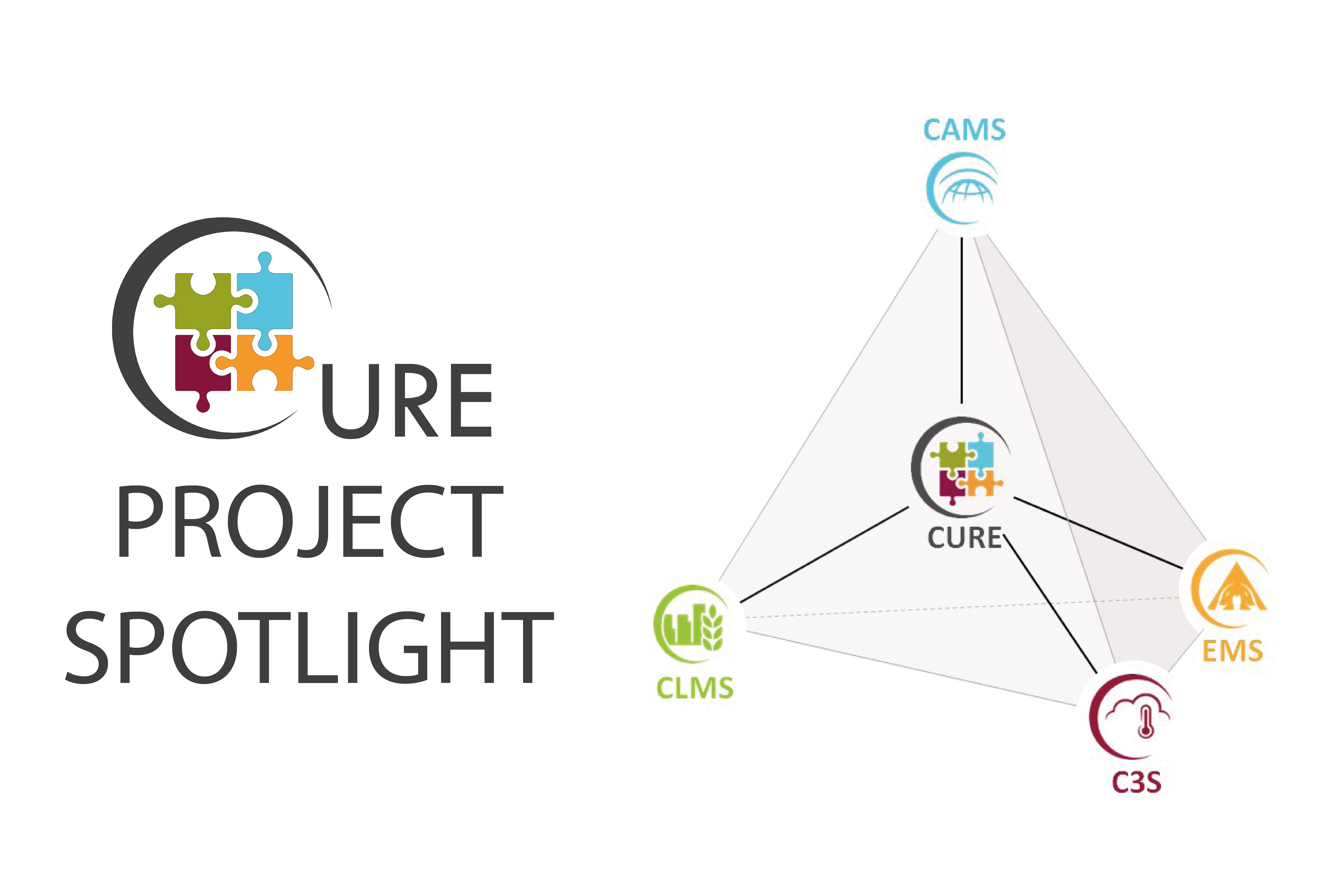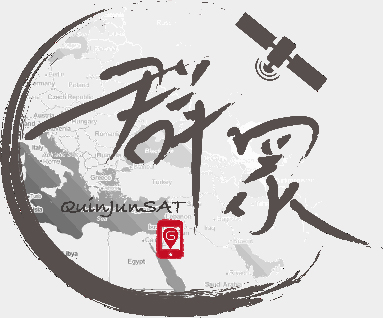
Urban resilience cloud operation system
CURE synergistically exploits spatially disaggregated environmental Earth Observation (EO) data from the Copernicus Core Services concerning atmosphere, land, climate change and emergency.
GeoVille’s cloud agnostic operation system enables cities to innovatively access information solutions for urban resilience, consisting of 11 individual cross-cutting applications for climate change adaptation/mitigation, energy and economy, as well as healthy cities and social environments.

